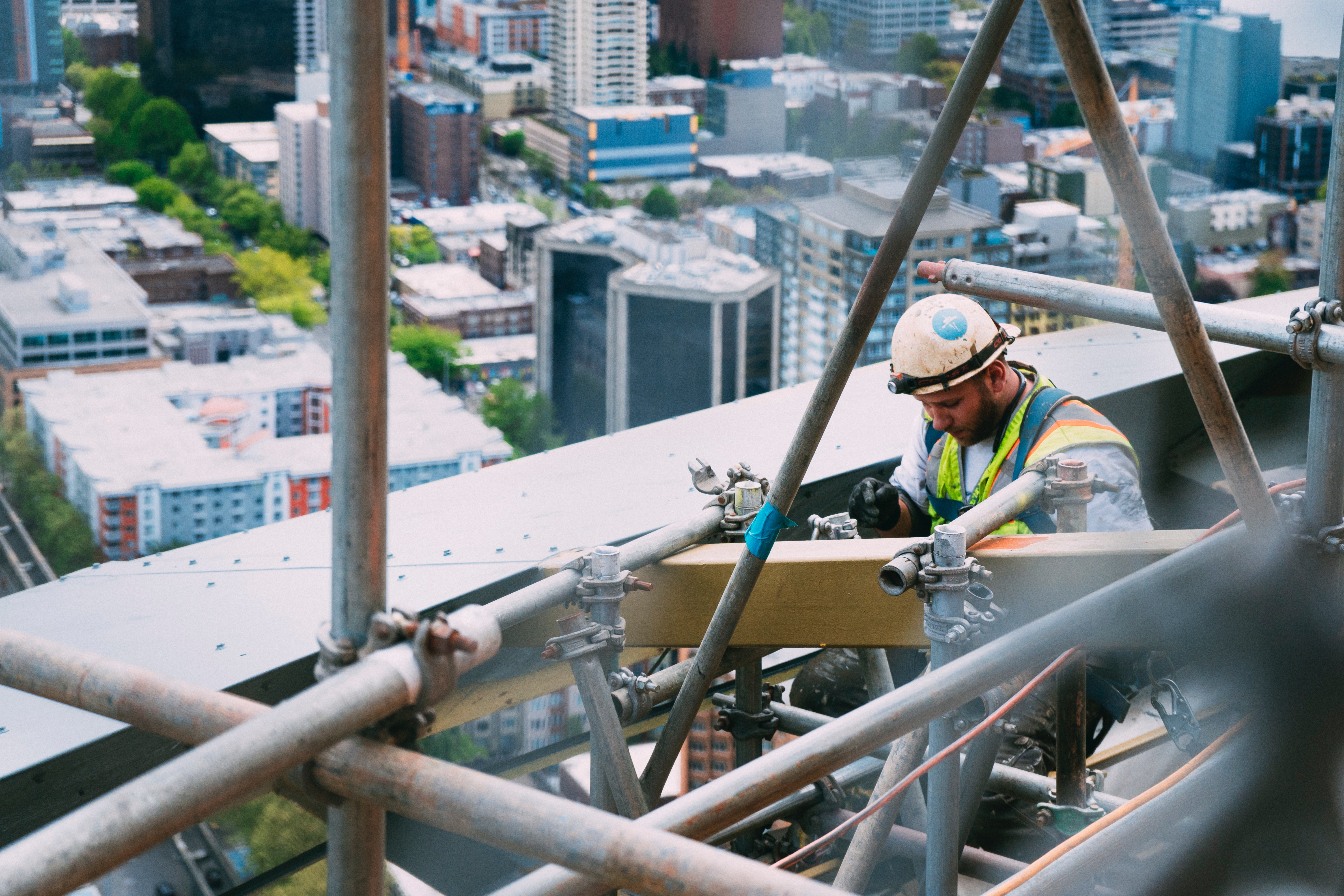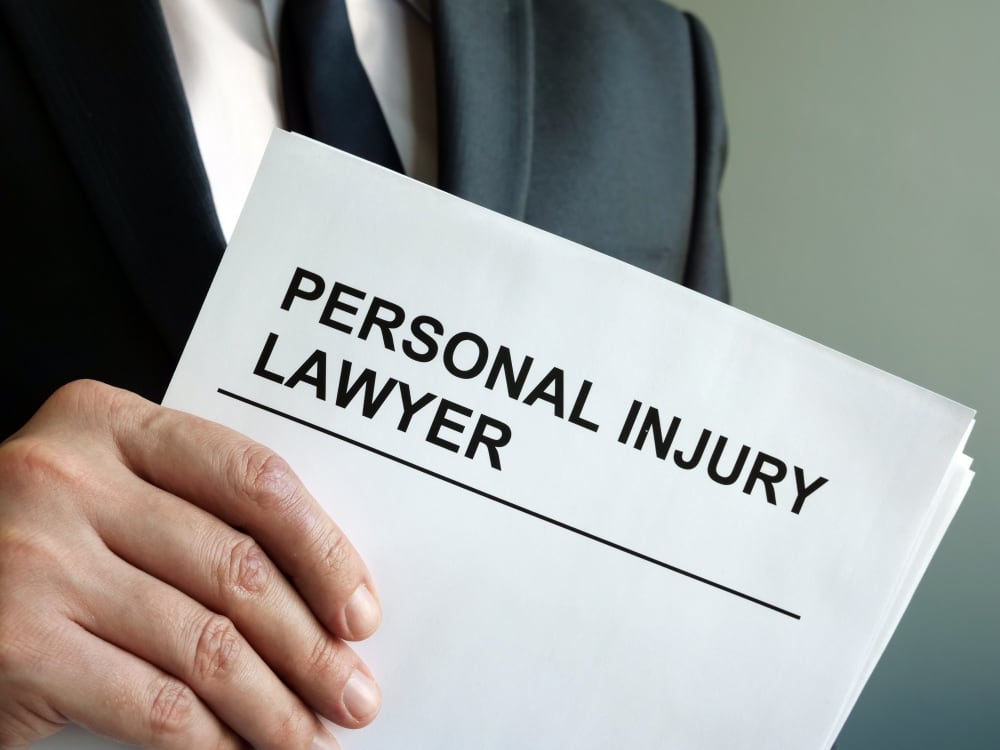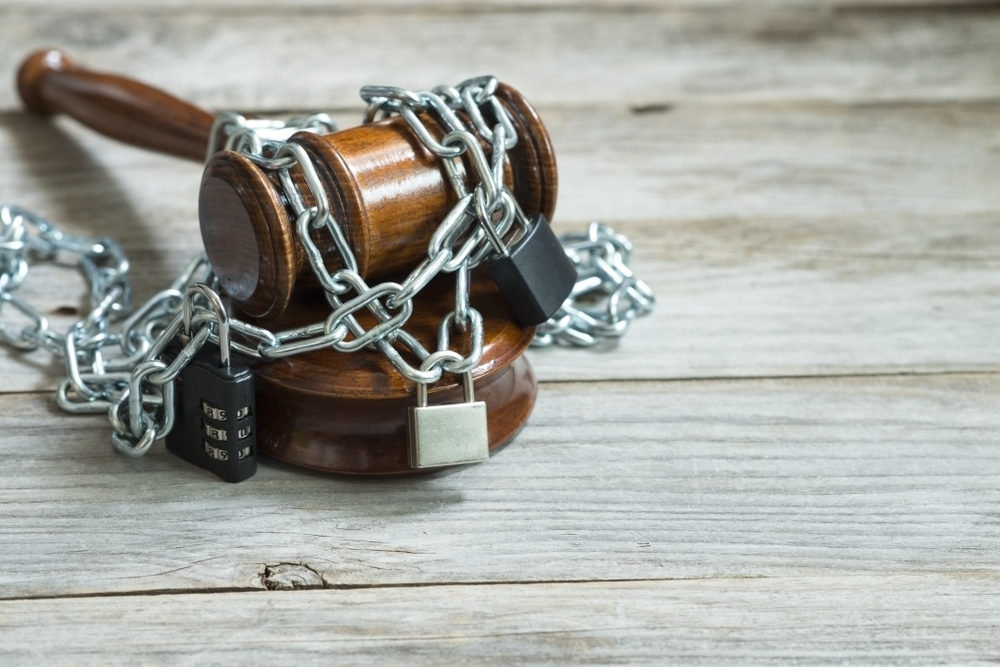Boost Your Child’s Safety: Understanding the Booster Seat Requirements in NY

Adhering to New York’s booster seat requirements is vital in protecting your toddler’s safety while traveling on the road. At Isaacson, Schiowitz & Korson, LLP, we specialize in personal injury cases and have a profound commitment to protecting children’s rights. Our firm offers professional legal guidance and representation throughout New York State. Our goal is to make sure that families have all the necessary information and preparation to keep their children safe.
If you or your children have been involved in a NYC car accident, refer to Isaacson, Schiowitz & Korson, LLP’s page on car accidents or read on for more information on New York State’s booster seat laws and how they may affect your claim.
New York State Law Booster Seat Requirements
New York law states specific requirements for child restraint systems. These restraints include booster seats and are designed to secure the highest level of safety for your children when traveling in a vehicle. Isaacson, Schiowitz & Korson, LLP understands the importance of strict adherence to these requirements for all parents and caregivers.
According to state law, children must be appropriately secured in a federally approved child restraint system, which includes booster seats for certain age and height groups.
Age and Height Guidelines
New York age and height guidelines are clearly stated as follows:
- Children under the age of eight years old must use a child safety restraint system.
- A booster seat is required once a child outgrows their forward-facing seat, usually around the age of four and a height of 40 inches.
New York State law recommends the continued use of booster seats until the vehicle’s seat belt fits properly. Seat belts typically begin to fit once your child reaches a height of 4 feet 9 inches or above. Following this legal guidance can ensure that the seat belt fits over the strongest parts of the child’s body, and offers optimal protection in truck accidents.
Benefits of Using Booster Seats
NY booster seat regulations also provide some benefits. Booster seats position seat belts to fit securely over your child’s lap and shoulder. This also prevents them from being erroneously placed on their stomach and neck. If your child has suffered in a car accident refer to Isaacson, Schiowitz & Korson, LLP’s page on child injury cases.
Proper booster seat protocol reduces the risk of injury in the event of an accident. Isaacson, Schiowitz & Korson, LLP advocates for booster seats because they reduce the chances of serious damages during car accidents. Following NY state car seat rules can also protect your future claim in court.
Booster Seat Compliance
Non-compliance with NY booster seat regulations can have detrimental consequences. Fines and points on the driver’s license can be issued if caught in non-compliance. However, the real risk is the potential for serious injury to your child. We know that failing to use a proper booster restraint system is both a legal issue and safety hazard.
How Isaacson, Schiowitz & Korson, LLP Can Assist Victims of Accidents with Improper Child Restraint Systems
Isaacson, Schiowitz & Korson, LLP has experience assisting victims of accidents caused by non-compliance with booster seat regulations. Our firm continues to provide legal support to families impacted by such incidents. Our expertise in personal injury law in Rockville means we are well-equipped to handle cases where improper use of child restraint systems leads to injury.
Understanding and adhering to New York’s booster seat requirements is crucial for the safety of your children. Isaacson, Schiowitz & Korson, LLP, uses their experience in personal injury law in Hempstead and commitment to children’s safety, to assist families in staying informed and legally protected.




